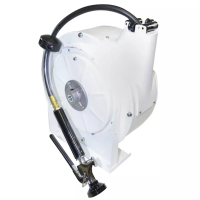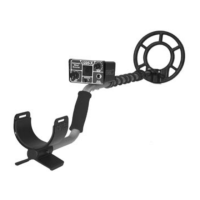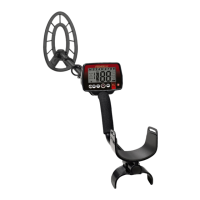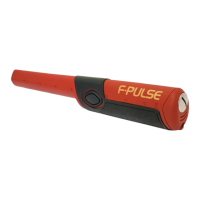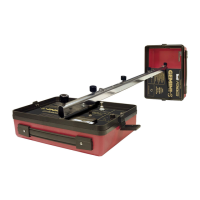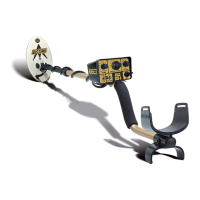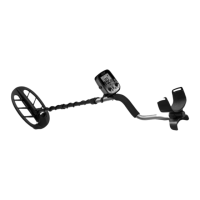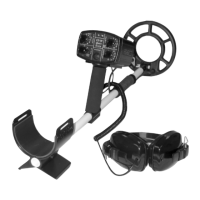13
16
Once you have pinpointed a target, your objective is to recover
it quickly and neatly, leaving virtually no trace of your excavation.
There are almost as many ways to do this as there are treasure
hunters. Whatever works best for you is good enough as long as
you don’t break any laws or leave your search area looking like
a World War II Battleeld.
Generally speaking, beachcombers and underwater treasure
hunters do little if any damage to the environment while recovering
targets. However, if you plan to use your 1280-X on land, your target
recovery method can be very important. The “screwdriver” and
“plugging” methods described here are two of the most important
and successful.
WHICHEVER TOOL OR METHOD YOU CHOOSE, REMEMBER THAT
RESPONSIBLE TREASURE HUNTERS TAKE PRIDE IN THEIR ABILITY TO
LEAVE SOIL AND VEGETATION INTACT AND UNDAMAGED.
SCREWDRIVER METHOD
The screwdriver method of recovery is an excellent choice in
areas where knives and/or plugging are not allowed, or in dry
lawns where plugging would almost certainly result in brown, dead
spots. This method will take more practice, however the results will
be worth the extra effort.
1. Once you have located your target, gently probe the
area with a screwdriver or a dull probe until you have
pinpointed its exact location.
2. Insert the screwdriver into the ground until it just touches
your target.
3. Back the screwdriver out just a quarter of an inch or
so.
4. Rotate the screwdriver until you have made a cone
shaped hole approximately 2 to 3 inches in diameter
at the top.
5. Carefully pry out your target from the bottom of the
cone with the screwdriver.
6. Recheck the target area with your 1280-X.
7. Scrape any loose dirt back in the hole. Close it up by
TARGET RECOVERYOPERATING TIPS
1. Keep the searchcoil cable wound snugly around the
stem when diving around coral or jagged rocks to keep
it from snagging.
2. Divers should make sure the drain holes in the headset
are unobstructed. Better yet, wait until you’re on the
bottom before putting them on and take them off
before surfacing.
3. Divers should also keep the searchcoil at least two feet
away from their body. Metal gear (weights, gauges,
tanks, etc.) will be detected by the 1280-X if held too
close.
4. Practice pinpointing. There’s nothing sacred about the
method described in this manual. Many 1280-X users
have developed their own pinpointing methods.
5. False signals may be caused by rapidly moving surf,
highly mineralized or trashy ground, large or irregular
shaped trash and bumping or raising the searchcoil very
fast. A false signal will generally sound suspicious to the
experienced treasure hunter. It may be very faint, or very
sharp and abrupt with static. Often when you go back
over the same spot a false signal will simply disappear.
You may reduce the number of false signals you get by
increasing the discrimination level and/or reducing the
sensitivity level.
6. If you’re wading or hunting on land, hold your digging
tool behind your back or above your waist. Your 1280-X
is sensitive enough to sound off each time you sweep
your coil beneath it.
7. There is some sensitivity loss at the higher levels of trash
rejection. The greater the ground mineralization, the
higher the sensitivity loss. For example, you may be able
to detect a penny 6 inches deep at zero discrimination,
but you may be able to detect it no deeper than 5-inches
at the pull tab discrimination point.
8. Some objects such as shallow bottle caps, bent pull tabs
or trash less than 2 inches from the coil may be difcult
to reject. The 1280-X will instead respond with a strong
broken signal which will usually disappear if the coil is
speeded up or raised slightly.
9. If you hear two beeps very close together and can’t
1280Xmanual-8702460000-2014.indd 13 1/5/15 3:52 PM
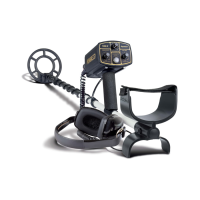
